In this ever-growing interconnected world, the importance of cross-cultural exchange and collaboration is becoming increasingly important. In the last spring, Laurea had the privilege of hosting a collaborative course, namely “Sustainable Global Future” along with the professors and students from Nazareth University | Rochester, NY. This intensive course lasted two weeks. The result? A remarkable journey of shared knowledge and vibrant discussions that showcased the power of international collaboration transcending traditional classroom boundaries.
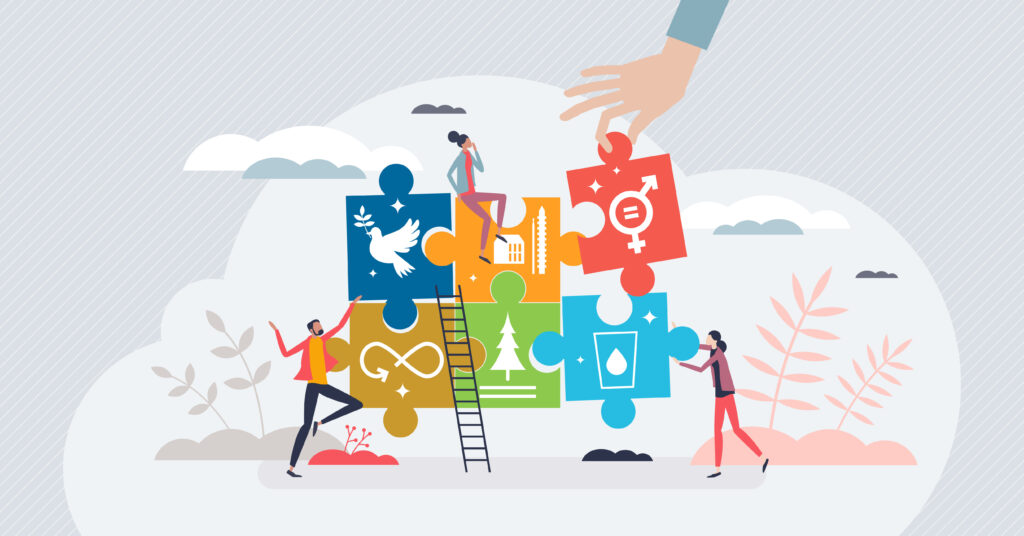 Picture: Adobe stock
Picture: Adobe stock
This article was written collaboratively by two social services students Diana Bratu and Debjani Chaudhuri and a senior lecturer Riikka Kanervo. It delves into our experiences with the intensive course conducted through the partnership between Laurea University of Applied Sciences and Nazareth University.
Sustainable Global Future – intensive course
The planning for the joint intensive course began in spring 2019 when professors Maher and Brownstein-Evans from Nazareth University visited Laurea. The course was initially scheduled to take place in spring 2020. However, due to the pandemic, the implementation of the course was delayed by three years. In hindsight, we can now affirm that the wait was worth it!
Laurea and Nazareth University have a long-standing partnership in the nursing degree program. For years, Nazareth and Laurea have jointly offered the opportunity for a Transatlantic Dual Degree in Nursing. The collaboration between the institutions is intended to be expanded and strengthened in other fields as well—and the jointly conducted intensive course provided an excellent starting point for this endeavor.
Sustainable Global Future course is structured around sustainable development as well as local and global challenges. In today’s world, we encounter numerous global, local, and glocal (local yet still global) challenges that require innovative and creative approaches for resolution.
The course combined the expertise of students studying nursing and social work from Nazareth University, and Laurea UAS students from different degree programs, bringing the global perspectives together. With students hailing from Finland and the United States, the course benefited from the diverse cultural backgrounds, viewpoints, enriching discussions on current challenges and problem-solving approaches. Throughout the course ethical, creative, and sustainable solutions were deliberated upon, along with best practices and multi-professional approaches to address these challenges.
Encounters and dialogue
During the classroom discussions, topics covered various ranges with varied perspectives. The discussions helped to promote cultural exchanges, helping students appreciate diverse perspectives and approaches towards sustainability. It also served as an eye-opener once more that acknowledging and accepting differences is as important as embracing them. By fostering safer spaces and actively working with our biases, we can transform meaningful discussions into positive actions.
Joint intensive course provided a wonderful opportunity to exchange ideas, concepts, and perspectives in an open-minded manner. By integrating insights from the healthcare and social services sectors with sustainability principles, students gained a comprehensive perspective on the challenges and solutions associated with building a sustainable future. Sustainable development goals to end poverty, protect the planet and ensure prosperity for all (United Nations 2020) were at the core of the course alongside inner development goals. to end poverty, protect the planet and ensure prosperity for all.
Inner development goals refer to personal or psychological objectives aimed at fostering individual growth, well-being, and inner fulfillment. These goals often focus on aspects such as emotional intelligence, mindfulness, self-awareness, resilience, empathy, and spiritual development. They complement traditional sustainable development goals by recognizing the importance of personal transformation and holistic development alongside societal and environmental progress. (Inner Development Goals, nd.)
Our Finnish and American participants managed to engage into a constructive discussion with a shared passion of sustainability. We delved into the small intricacies of daily life where sustainability has been used in Finnish society in many possible ways. During the course time, both the students and the educators had the opportunity to witness that many times. The real-world exposure added a depth to the theoretical understanding that sustainability is not a concept, but it’s a way of life.
Field trips
The intensive course included visits to organizations such as Stop Drugs Association, the World Village Festival, and the UNESCO World Heritage Site Suomenlinna Sea Fortress. The latter was intended more for relaxed leisure, but the open prison located in Suomenlinna led to discussions about penal systems and their differences between countries and continents.
Nana and Mikki from Stop Drugs Association warmly welcomed us. During the visit we had various conversations about how individuals struggling with substance abuse in Finland are given the chance to turn their lives around, and in the process, can support others facing similar challenging life situations. The visit also led to discussions on the Keijo project run by Laurea, where evidence based competence is being valued and the past abusers provide guidance as “expert by experience” (Lindström, Nikula & Salo 2022).
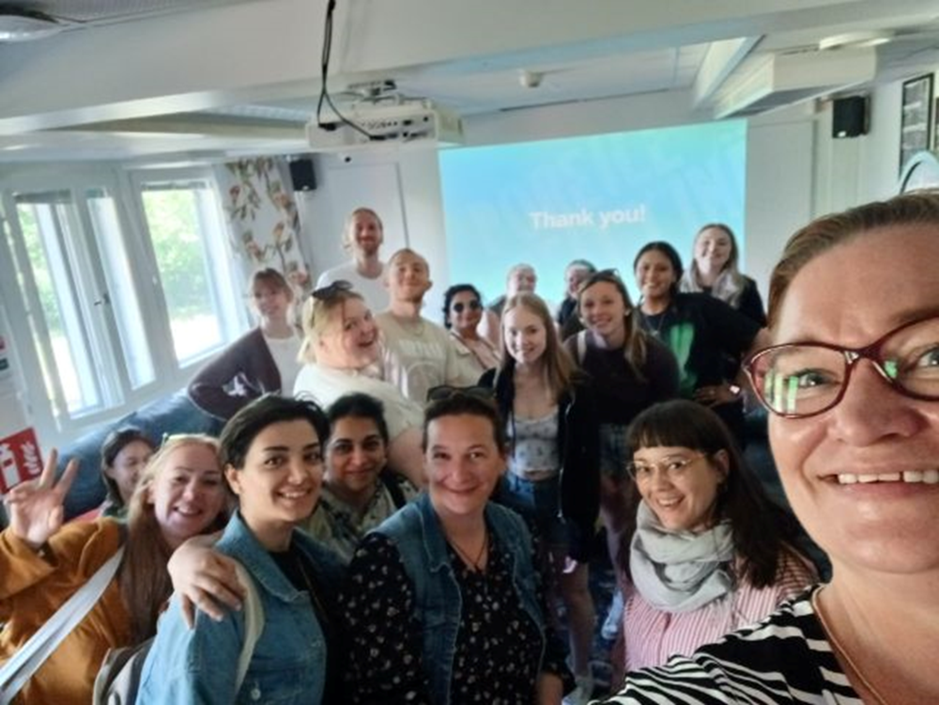 Picture 1. A group photo featuring students and educators from Nazareth University and Laurea, along with our host Nana from Stoppi. (Photo taken by Nana Stoppi.)
Picture 1. A group photo featuring students and educators from Nazareth University and Laurea, along with our host Nana from Stoppi. (Photo taken by Nana Stoppi.)
A visit to the Global Village festival was another interesting day for us. We tried to look for tents and activities where we could find sustainability related signatures on them. It was meaningful to encounter in one of the tents, where they were generously distributing miniature flower pots containing salad seeds, which we were able to take with us for cultivation in our homes. This thoughtful gesture underscored the significance and utility of the initiative, providing attendees with an opportunity to engage in sustainable practices. Another aspect that caught our attention at the festival was a person standing near the waste bins in front of the info counter. He was guiding the visitors to throw the waste in the correct bins. We really liked the approach that the organizers kept sustainability in mind related to waste distribution in a huge public event like that to raise awareness on this topic.
Suomenlinna trip was fruitful; we enjoyed lovely weather and had meaningful conversations about the correctional services, rehabilitation and Finnish history. The conversations about rehabilitation services and the way the open prison in Suomenlinna works brought up some major differences between the main concepts related to incarceration and rehabilitation.
During the course, we also spent a memorable day at lake Kuusijärvi, exploring Finnish nature. We grilled sausages (there were also delicious vegan sausages available) and discussed the well-being effects of nature and green care. The bravest among us enjoyed a smoke sauna and swam in the cool lake.
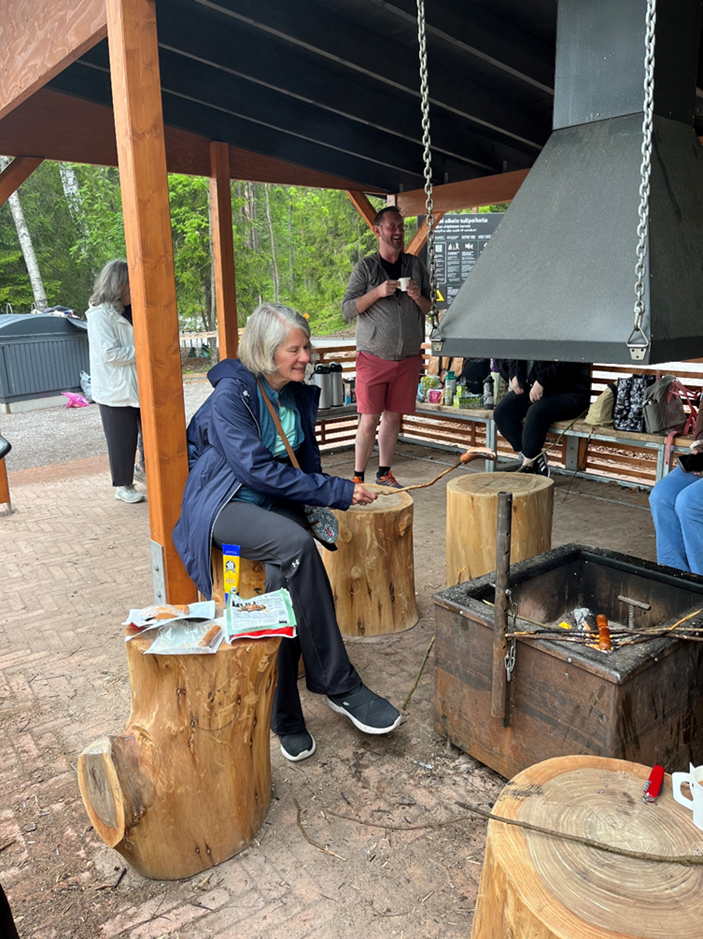 Picture 2. Sausage grilling at Kuusijärvi barbecue hut. (Photo taken by Riikka Kanervo.)
Picture 2. Sausage grilling at Kuusijärvi barbecue hut. (Photo taken by Riikka Kanervo.)
Our American guests made us appreciate things that we often take for granted in our daily lives, such as recycling, functional public transportation, clean nature, and the concept of public access rights. ’I cannot believe that the forest berries and mushrooms are for everyone to pick, that you can just pick those and not pay for them’, one of them remarked. They were also impressed by the easily accessible and efficient public transportation system, which many people use as a normal mode of daily life.
Building a more sustainable and equitable world
Intensive course included an Encounter art session, that brought a lot of joy to all the participants. “Encounter Art constitutes group-form visual-art activities, that are phased in such a way that even inexperienced actors get to enjoy the aesthetic magic of making art and appreciative viewing of their works of art together with the peer group.” (Pusa 2014.) Sneak peek to Encounter art was followed by creating community art.
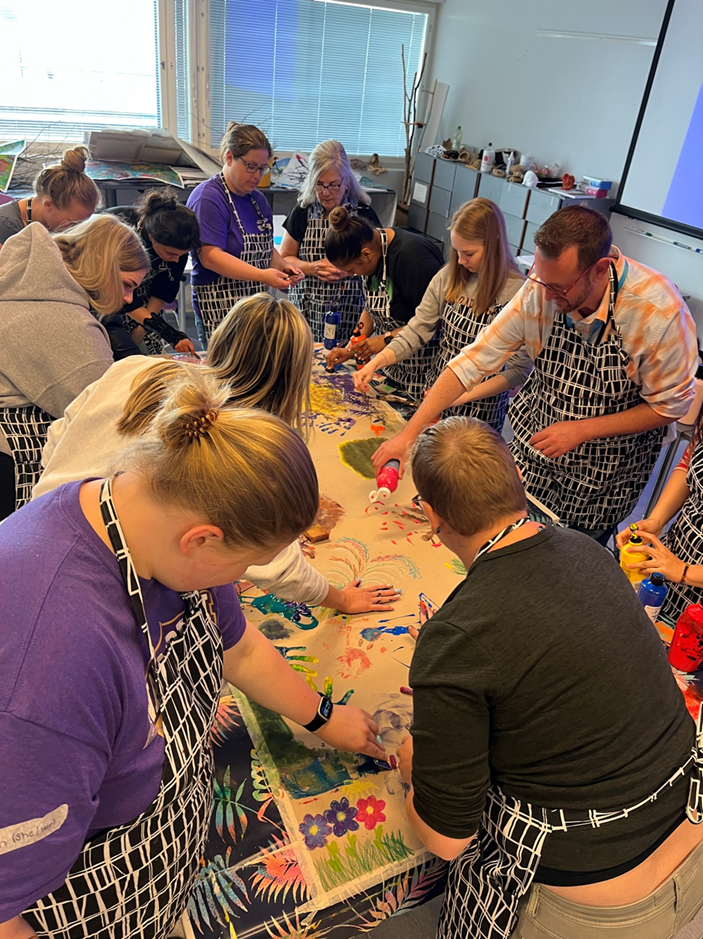 Picture 3. Educators and students creating community art. (Photo taken by Riikka Kanervo.)
Picture 3. Educators and students creating community art. (Photo taken by Riikka Kanervo.)
These sessions offer a glimpse into a future where innovation knows no bounds, and creativity is the common language that unites us all. So, whether one is an artist, a scientist, or anything in between; consider exploring the transformative world of encounter arts seminars. One may be surprised by the incredible outcomes that await there. We were excited to draw simple patterns that came to our mind, and not surprisingly, we focused on patterns which we learnt or visualized from our childhood. Ultimately, it was very gratifying to produce our collaborative endeavours on a single card which we could carry as a personal memoir even signed by our visitors.
In conclusion
The Sustainable Global Future course served as a model for how institutions worldwide can collaborate to provide students with a multifaceted education that prepares them for the global challenges of the 21st century. By bridging the gap between the healthcare, social services, business management and sustainability; this course empowers students to be agents of change in building a more sustainable and equitable world.
During the intensive course, we assessed our own carbon handprint and reflected on how each of us can promote the well-being of people and our entire shared planet through our actions.
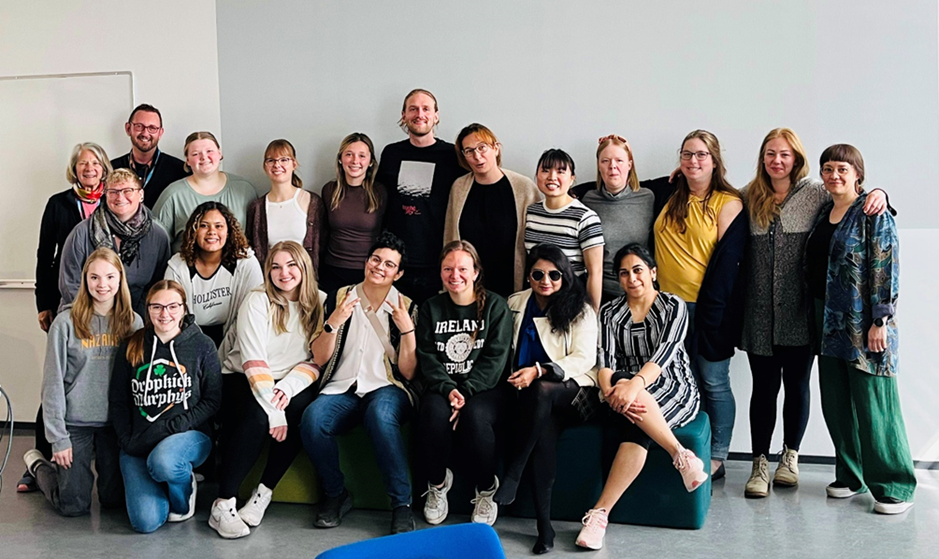 Picture 4. Group photo on the last day of the intensive course. (Photo taken by Riikka Kanervo.)
Picture 4. Group photo on the last day of the intensive course. (Photo taken by Riikka Kanervo.)
We really hope that the course inspired other students to become change-makers in their communities, advocating for sustainable practices and social responsibilities as it did for us. If each of us does even one small deed, it adds up to a lot collectively.
References